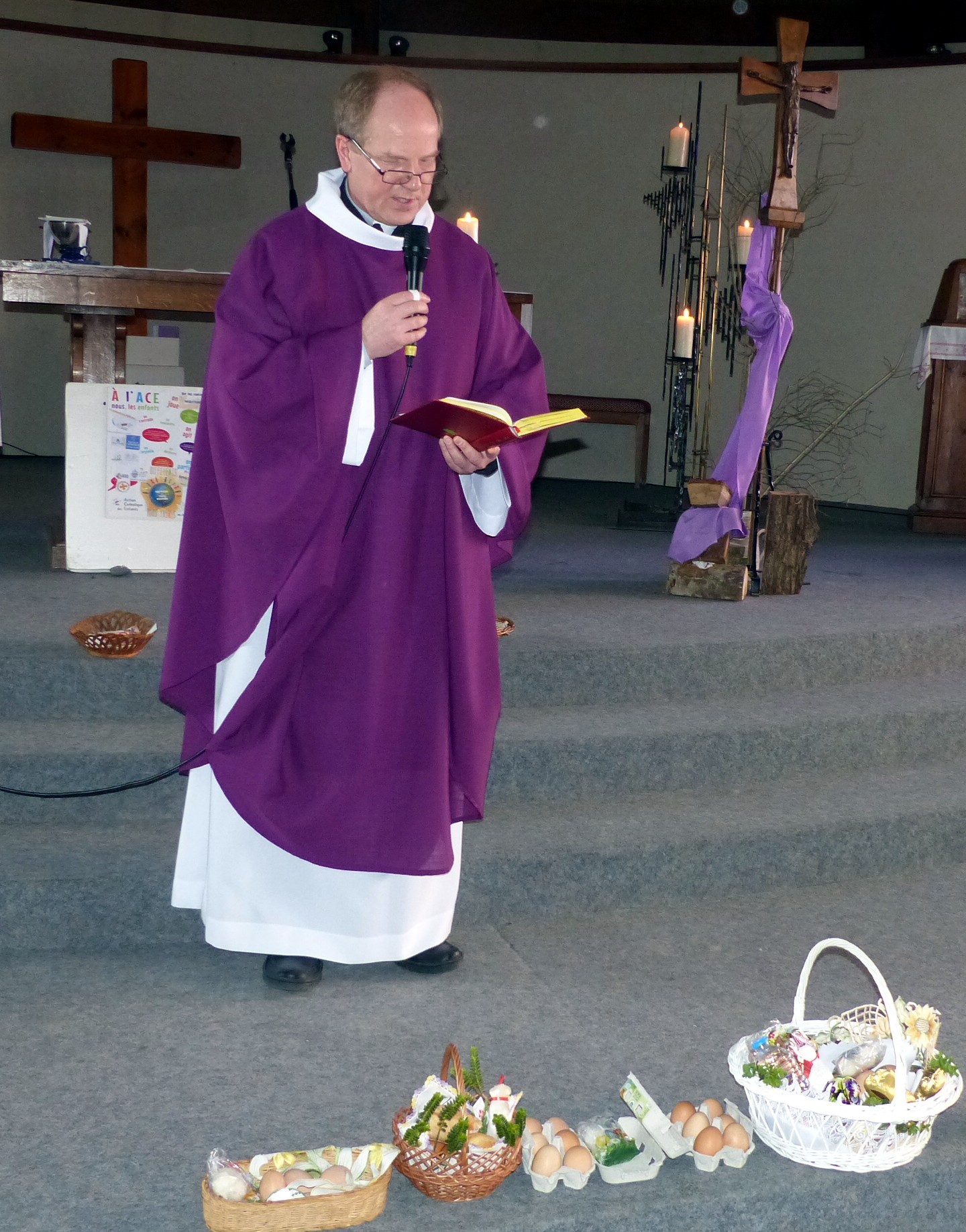Easter traditions in Poland
Easter is the biggest feast of the year for world Christendom and especially in Poland. It testifies to the influence of the Christian faith in the Poles even today. It's a celebration that announces the spring.
Ester is preceded, according to the religious tradition, by lent, which lasts 40 days. The week before Easter is a week of intensive preparation, on a religious level and on the practical side. It starts with Palm Sunday. During this day during the masses at the Catholic Church, the branches are blessed, from the smallest and modest branch to the great twig with decorations and braid flowers.
Twigs are indispensable to celebrate the events that this day recalls, namely the triumphal entry of Jesus to Jerusalem, just days before his death. On that day, the massed crowd stirred twigs in its passage. The original Palm branches are replaced by branches of willow or raspberry, decorated with flowers (most often immortal). These twigs will then decorate the House and their presence shall serve throughout the year as the symbol of the protection of the hearth.
For the Easter party, the poles have the custom to decorate eggs. Called in Polish Pysanki, it is one of the symbols accompanying Easter. Pisanki are eggs decorated with wax and then soaked in paint. The decoration motifs are not lacking: flowers, plants, wishes, Jesus, bells, lamb of Easter, rabbits. These Eggs so nicely decorated will then serve as a decoration for the Easter table and can be consumed at any time of the two days of celebration, without moderation!
The blessing of the foods at Easter and then their sharing in family, related to the joy of the Resurrection of Christ date back to the fourteenth century in Poland. It has a deep religious meaning, it is an affirmation of life and emphasizes the value of the flesh. After the Resurrection, Christ ate bread and fish to convince the Apostles that he is alive. Usually the food is blessed on Holy Saturday and arrive at the table after the Resurrection.
Easter Monday sees the continuation of a tradition that is always very perennial, Smigus-Dyngus, which consists in splashing with water those that we meet.
This ancient village tradition imported into cities sometimes turns to disaster! It is better not to go out this day or at least get your umbrella and raincoat, and keep the windows closed if you are driving.
The feast of Easter is a feast of new life. The symbols of the Easter: the eggs, water and twigs are the symbols of the new life that begins in nature in spring. Of course life is reborn, spring is coming: it's happiness!




